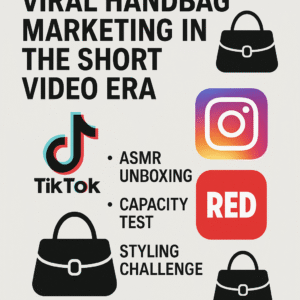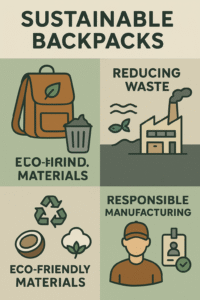By 2024, the global baby care market is set to hit USD 357.9 billion, climbing to USD 611.4 billion by 2033 at a steady 6.1 percent annual growth rate. Once a modest nook in nursery gear, the diaper bag segment alone accounted for USD 747.1 million in 2024 and is growing at roughly 3.7 percent CAGR through 2030. As we’ve learned working with top brands, these bags have morphed into powerful tools for brand storytelling and supply-chain resilience. In this article, we’ll share four essential criteria to vet your manufacturing partner, then spotlight nine standout diaper bag manufacturers across Asia, Australia, North America, and Europe. Finally, I’ll offer five hands-on tips for your next on-site audit and negotiation—so you can lock in reliability and stand out in a crowded market.
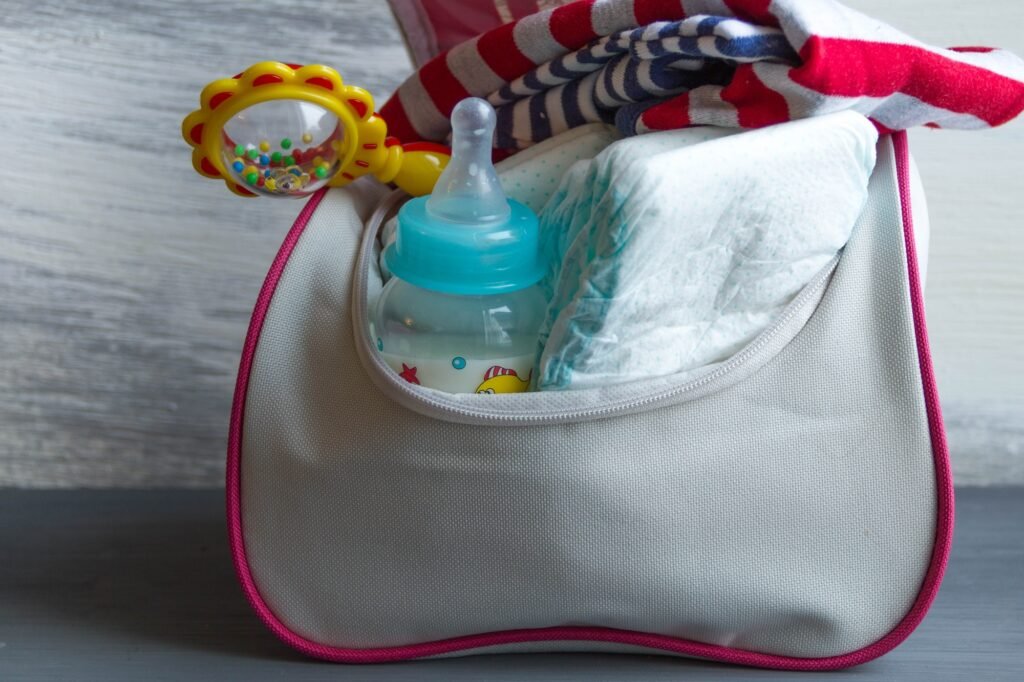
1. Four Pillars of Choosing Your Diaper Bag Partner
I’ve distilled our 25 years of experience into four non-negotiables when vetting any factory:
Real-World Functionality
I always ask myself: “How will parents actually use this bag?” If we’re designing together, I’ll prototype insulated bottle pockets that really hold heat, removable changing pads that snap in and out without fuss, and straps that let mom or dad carry hands-free. No one wants a “pretty” bag that falls apart at the first spill.
Materials That Last
From antimicrobial linings (like Agion®) to Teflon®-coated exteriors, I insist on performance fabrics that survive machine washes and rainy days alike. On our lab’s abrasion tester, the coatings still shine after 30 wash cycles—so we know our finished bags won’t look shabby after just a few outings.
Production Flexibility
Small brands and big retailers alike need agility. That’s why we offer a 500-unit MOQ, two rounds of free sample tweaks, and guaranteed mass-production slots—even during back-to-school crunch time. If your orders spike in August, I’ve already reserved that capacity for you.
Certifications & Green Credentials
I can’t let a diaper bag leave our floor without ASTM, CPSIA, ISO 9001, and BSCI stamps of approval. Better still, our Green Label line carries PETA and GOTS marks, so eco-focused buyers can showcase your commitment—and we can tell that story side-by-side on your website.
2. Spotlight on Nine Global Diaper Bag Manufacturers
Below, I’ll take you region by region through nine factories I trust—each excelling in at least one of those four pillars.
2.1 Asia (China & Japan)
SumkBags (China)
SumkBags diaper bag manufacturers can achieve precise cost control and perfect export-grade workmanship. Its cutting-sewing-finishing production line can complete sample production within 3 weeks and can achieve mass production with a scrap rate of less than 2% – so you don’t have to worry about any hidden costs.
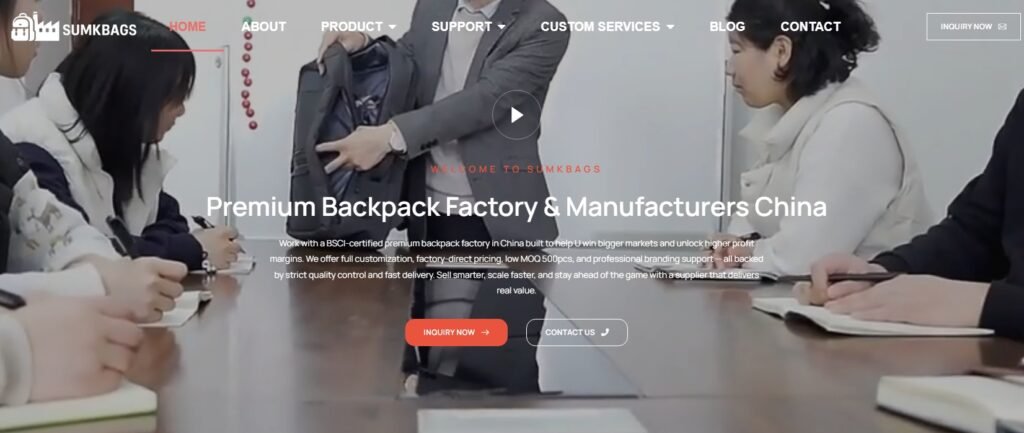
Aprica (Japan)
If you want pediatric-backed ergonomics, Aprica is unbeatable. Their “Mother’s Tote” moves 30K units monthly in Tokyo because every zipper, seam and strap is scientifically optimized. They’ll even co-develop a joint innovation if you share a clear roadmap.
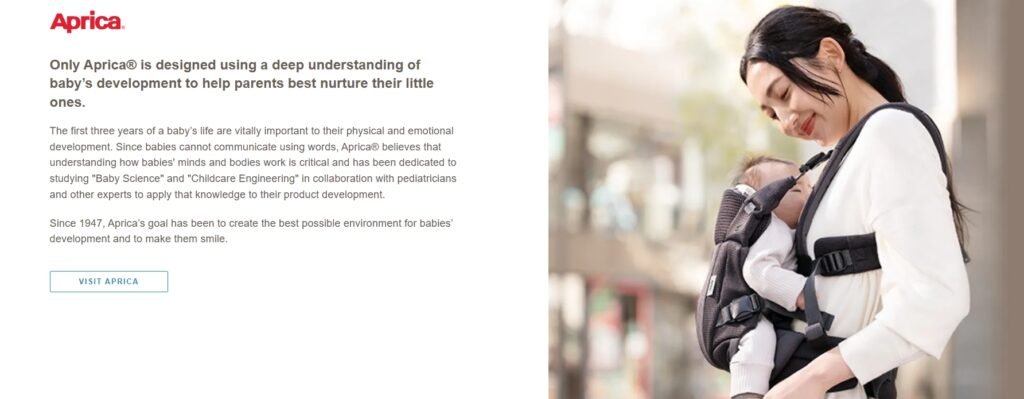
2.2 Australia
PacaPod
PacaPod’s modular 3-in-1 system still wows me: Outer Bag, Feeder Pod, Changer Pod snapping perfectly together. Vogue called it “the future of diaper bags,” and with small-batch color runs (MOQ ~1,000), you can hit premium, eco-chic markets without huge up-front risk.
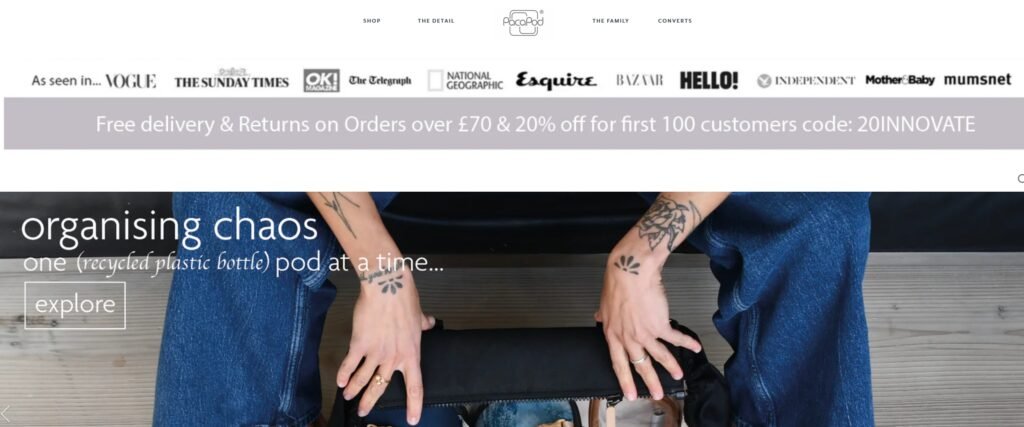
2.3 North America
Skip Hop (USA)
Their “Must-Haves Made Better®” ethos means they obsess over every detail—six insulated pockets here, a wipe-clean liner there. And because they meet ASTM, CPSIA and EN 71, you’ll sail through retailer compliance checks.
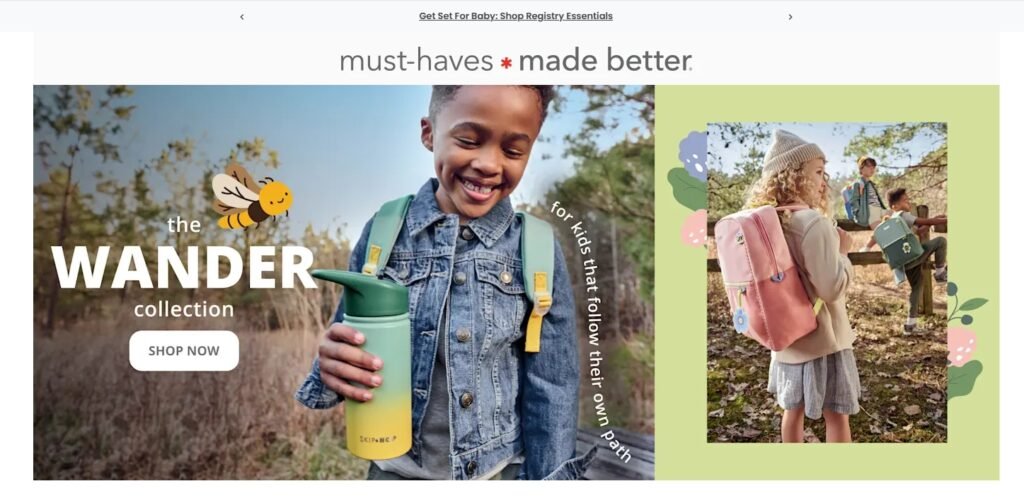
Ju-Ju-Be (USA)
When parents tell me they love Ju-Ju-Be’s antimicrobial lining and memory-foam changing pad, I smile—because that’s the kind of functional flair that breeds lifelong customers. Their lifetime warranty also makes for an easy sell.
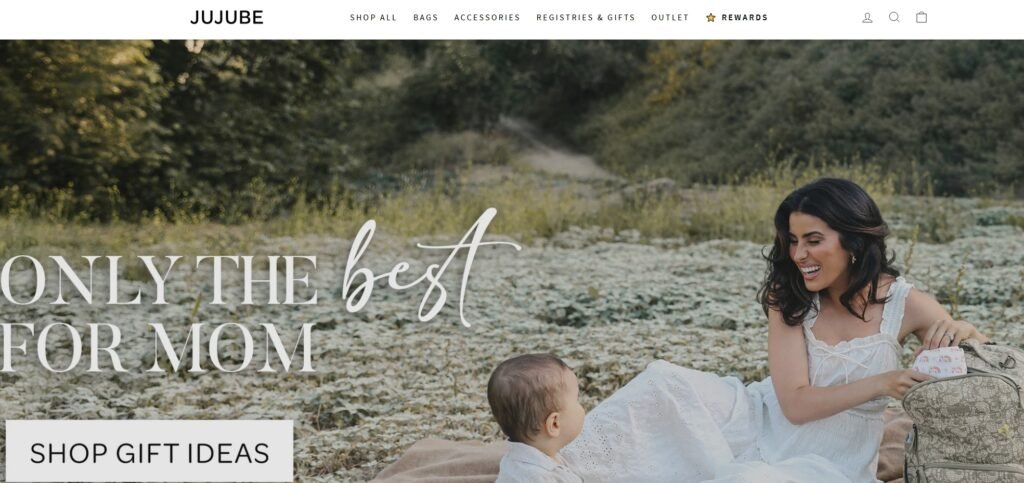
2.4 Europe
Storksak (UK)
I admire Storksak’s leather-trimmed styles that still tick every safety box. Their automated stitch lines and stain-resistant canvas mean we can push out leather-accent options without ballooning your lead-times.
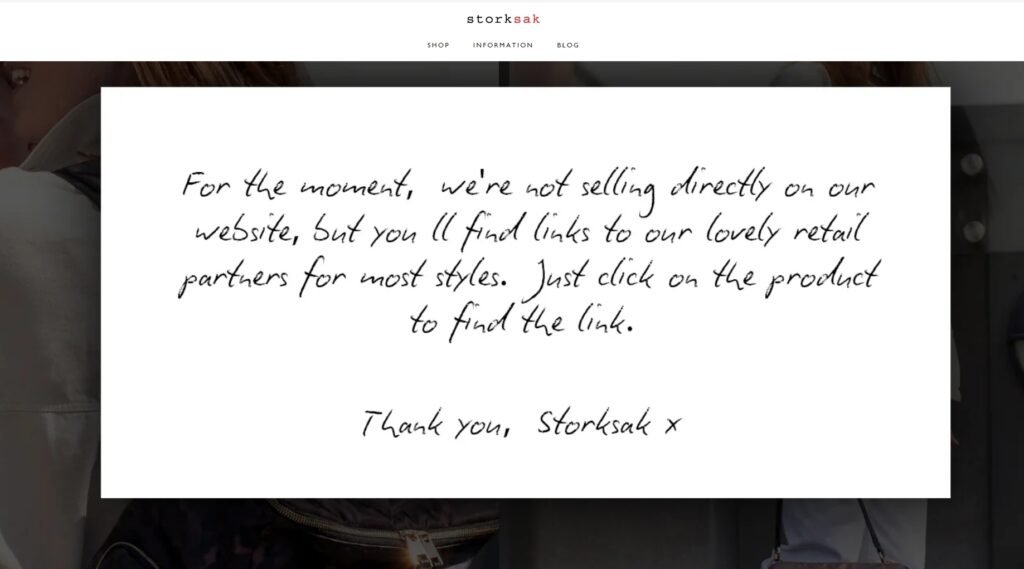
LÄSSIG (Germany)
Their Green Label collection nails the sustainability story: PETA-approved, PFC-free recycled fabrics, and an ergonomic back system that even my clients with toddlers rave about. Great for EU buyers who want “green” on every shelf.
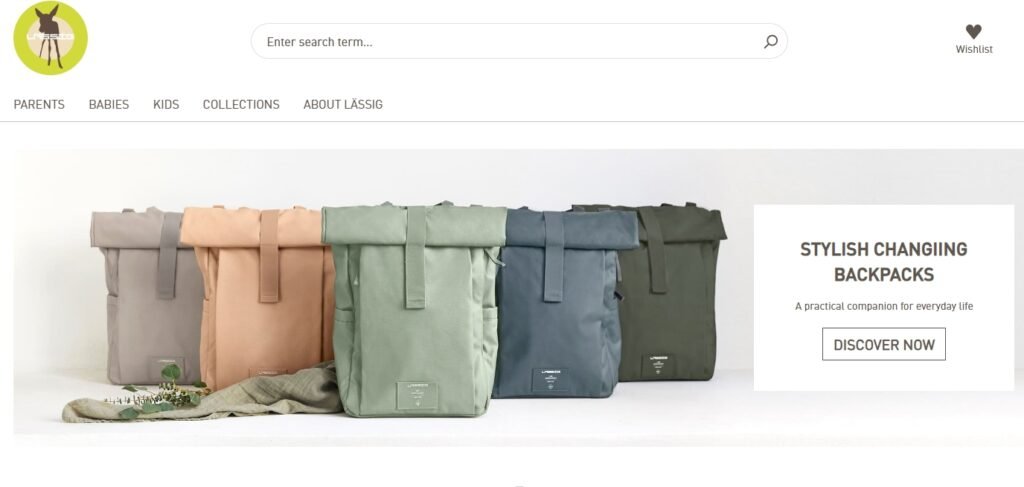
BÉABA (France)
Béaba’s sleek silhouettes hide up to 16 clever pockets—bottle insulators, wipes pouches, you name it. Hospitals hand them out on maternity wards, so they’ve got that stamp of “trusted by professionals” that you can leverage in your own marketing.
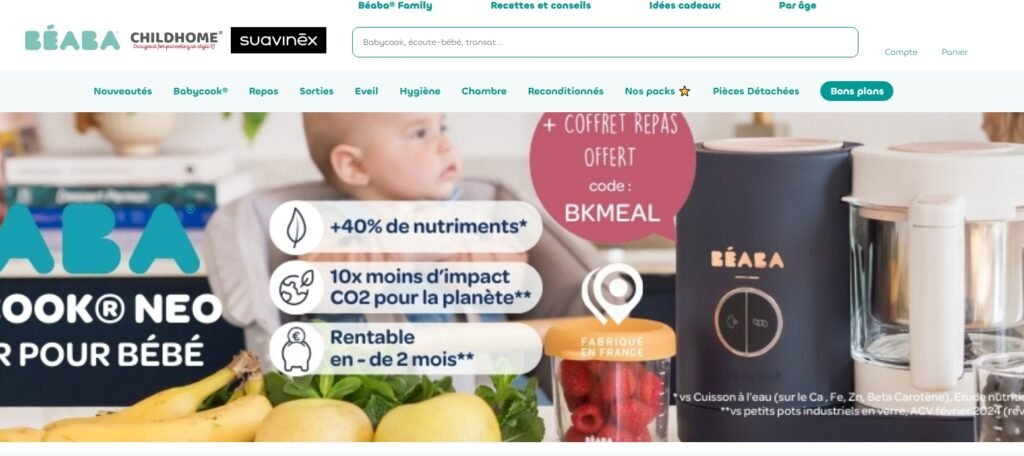
3. On-Site Audits & Negotiation Playbook
Here’s what I do when I step onto a partner’s factory floor—and what I recommend you insist on, too:
Tour Like You Own It
Walk through CNC cutters, watch automated sewing lines in action, and inspect hardware-assembly cells. If they cut corners here, they’ll cut them in your orders later.
Stress-Test Samples
I run tensile, abrasion and water-penetration tests on every prototype—or pay SGS/Intertek for a third-party report. If it fails in the lab, it fails on the shelf.
Lock Down Details in Writing
Don’t leave MOQ, lead-times, rework fees, IP clauses or dispute resolution to chance. Spell it out in your contract.
Verify Their Green Claims
Ask for their latest ESG or sustainability report—and samples of the actual recycled fabric. If they can’t show traceability, that “eco” tag is just marketing fluff.
Negotiate for the Long Term
Propose tiered pricing, tooling-cost sharing or annual volume rebates to secure prime production slots and better margins as your business grows.
By following these four pillars, studying top factories across Asia, Australia, North America and Europe, and executing a rigorous audit plus negotiation plan, you’ll forge a supply chain that’s not just resilient—but truly differentiating for your brand. Let’s turn your next diaper bag line into a runaway success together.

